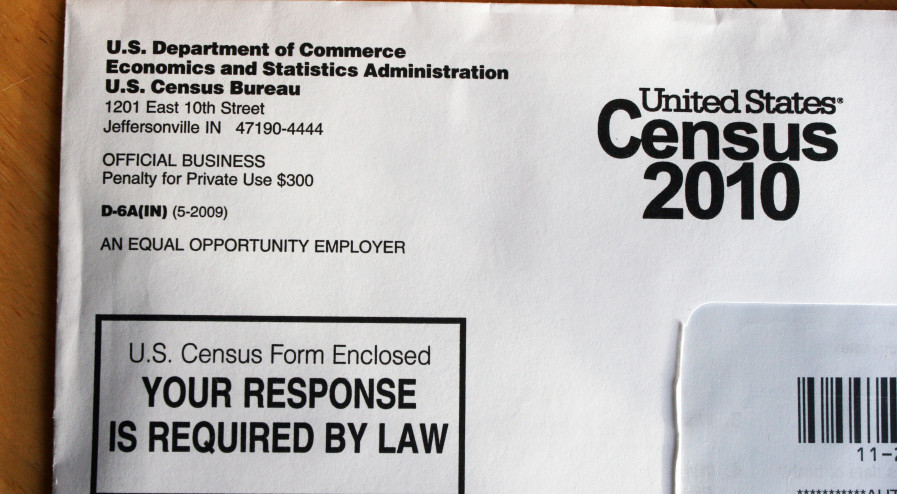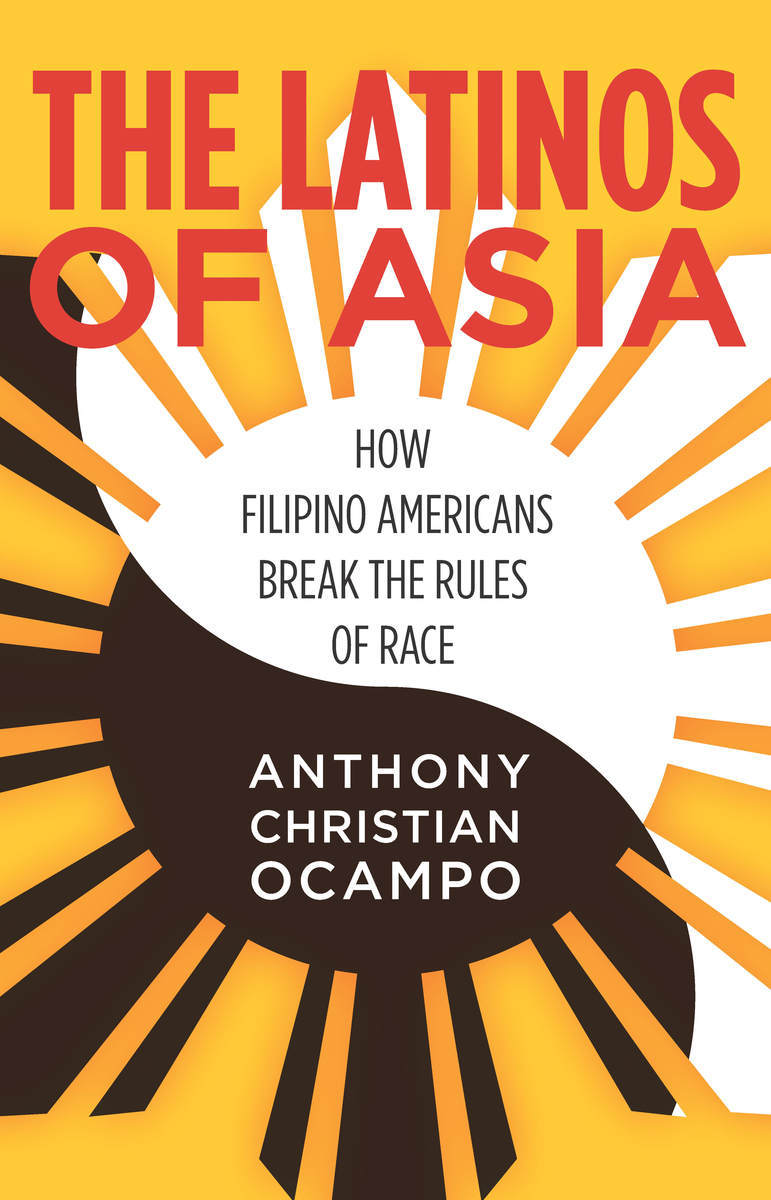Hapas Soon to Be the Majority in the Japanese American CommunityPosted in Articles, Asian Diaspora, Census/Demographics, Media Archive, United States on 2016-04-08 14:40Z by Steven |
Hapas Soon to Be the Majority in the Japanese American Community
AsAmNews: Where the conversation about Asian America Begins
2016-04-16
Louis Chan, AsAmNews National Correspondent
The future is now in the Japanese American community.
By 2020, just four years away, demographers says the majority of Japanese Americans will be multiracial/multiethnic.
A new exhibition now at the Japanese American Museum of San Jose in California runs through the end of the year. It is curated by Fred Liang and Cindy Nakashima who also co-curated an earlier version of the exhibition in 2013 at the Japanese American National Museum in Los Angeles.
“My parents married in 1965, when it was still illegal in sixteen states, but they married in Ohio, where there were no anti-miscegenation laws,” Nakashima told AsAmNews. My dad is a Nisei, my mom is a White Anglo Saxon Protestant (WASP). They met in graduate school.”
The interracial marriage rate in the Japanese American community is estimated at 66 percent. It wasn’t until the Supreme Court ruled in 1967, (Loving v. Virginia) that anti-miscegenation laws are unconstitutional, each state had control over who could and could not get legally married…
Read the entire article here.

